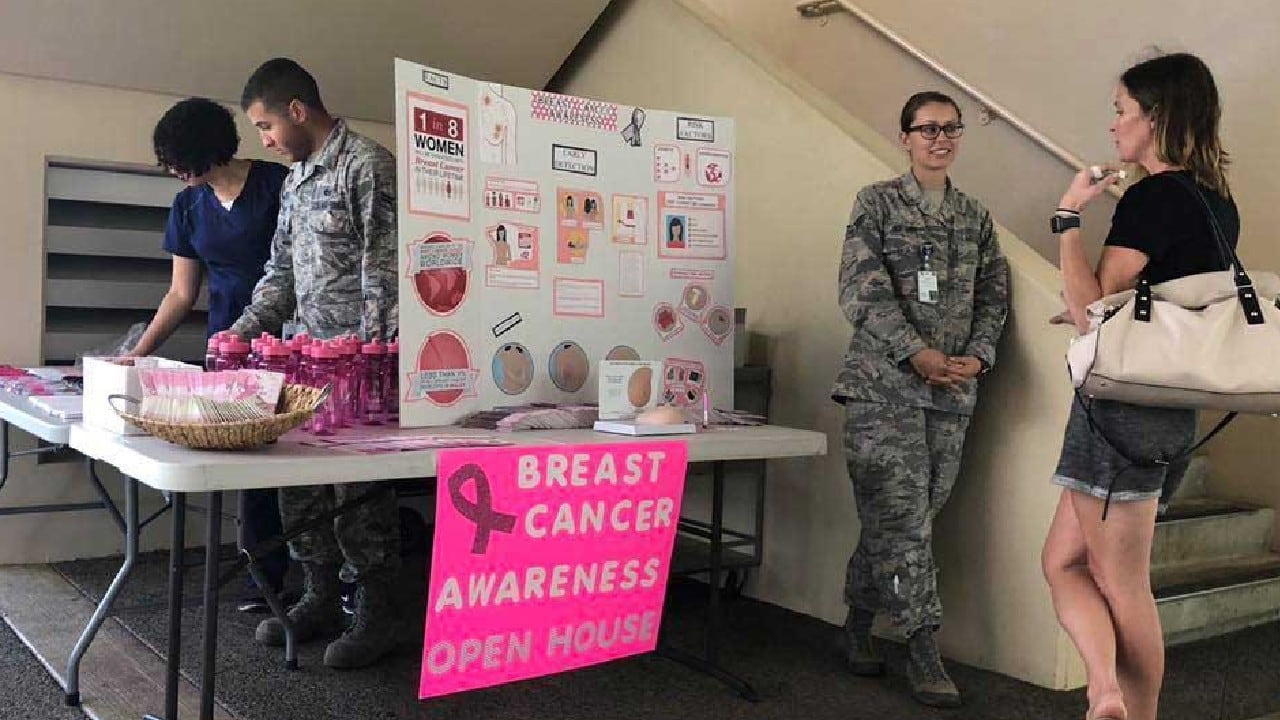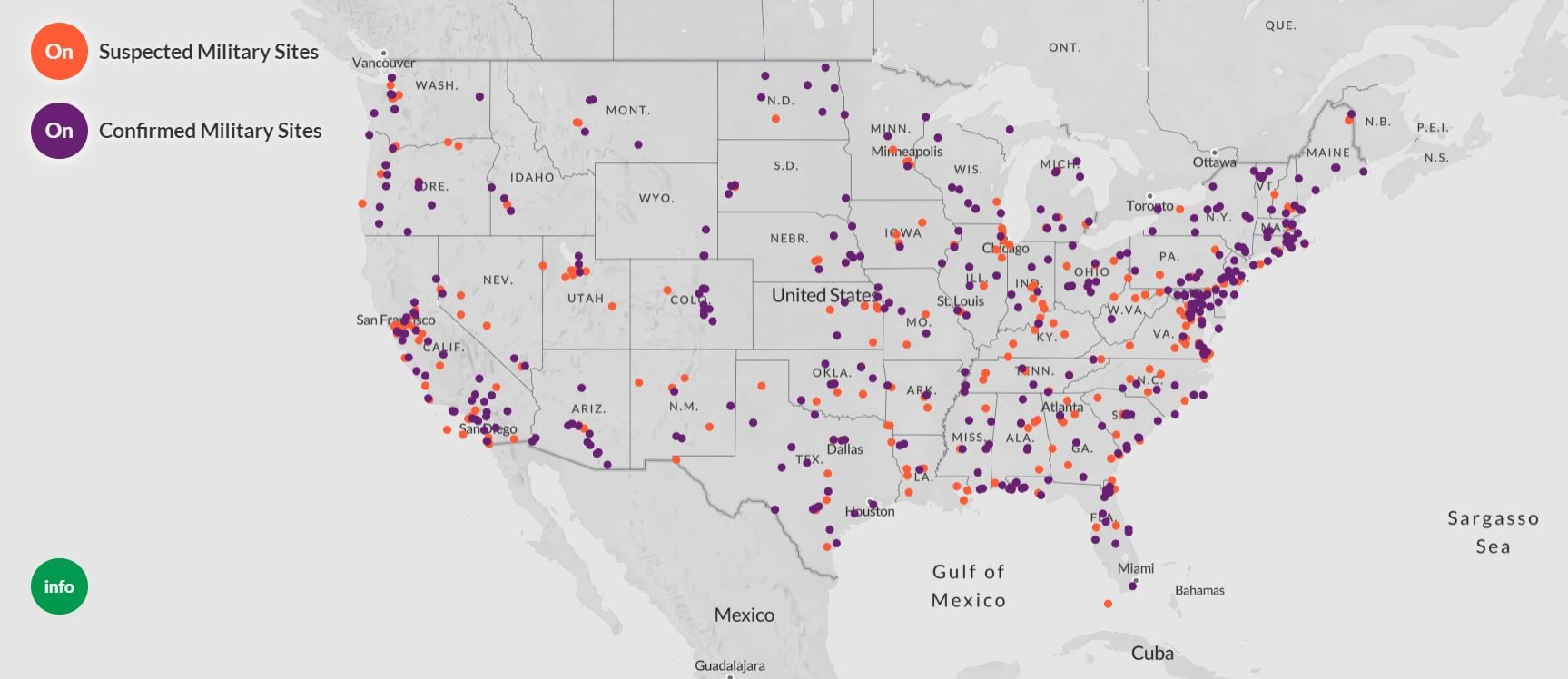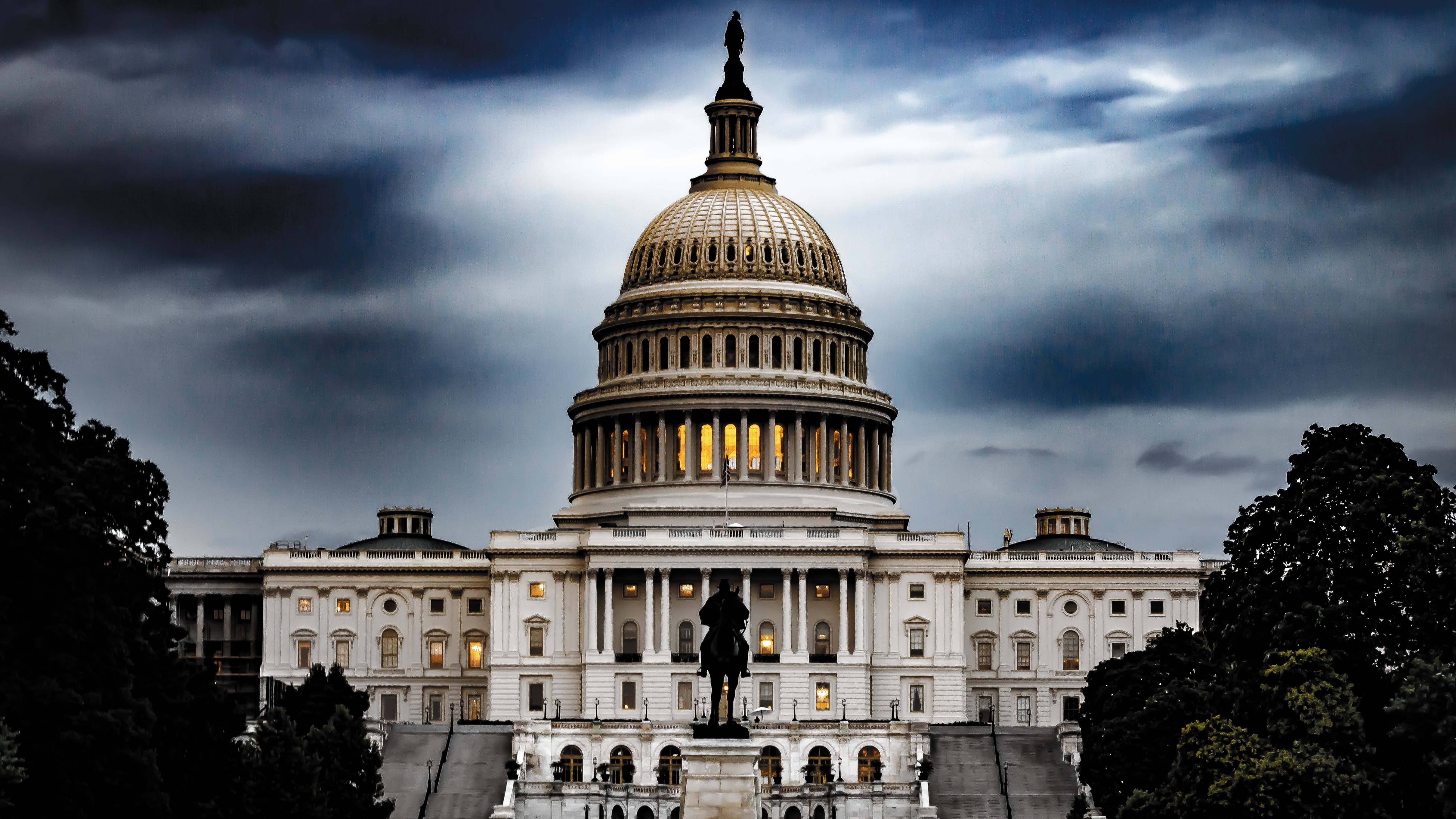Nearly 35,000 active-duty airmen who flew on fighter jets between 1970 and 2004 are at higher risk of developing prostate cancer and melanoma, with possible links to non-Hodgkin’s lymphoma and testicular cancer as well, according to the largest-ever study on military aviation and cancer.
While the research offers some clues about possible cancer prevention measures, it’s not enough to warrant broad policy changes for the Air Force fighter community, according to the Air Force’s School of Aerospace Medicine at Wright-Patterson Air Force Base, Ohio.
The school released its findings in a May 26 memo first obtained by Defense One.
RELATED

Researchers launched the study in 2020 to look for possible links between fighters and 10 types of cancer: colorectal; pancreatic; melanoma; prostate; testicular; bladder; kidney and renal pelvis; thyroid; brain and other nervous system cancers; plus non-Hodgkin’s lymphoma.
Those diseases were chosen based on previous research, theoretical risks, anecdotal reports and the input of the Red River Valley Fighter Pilots Association, a group founded to raise awareness of American aircrews who were missing, killed in action or taken prisoner during the Vietnam War, the report said.
The Air Force focused on fighters that were flown most often during the Vietnam War from 1965 to 1973: the F-100 Super Sabre, the F-105 Thunderchief, the F-4 Phantom II and its RF-4 variant used for reconnaissance. Other fighters in the inventory since the war were part of the study as well, but the report did not break out data on those platforms.
Researchers considered Air Force fighter pilots and weapons system officers who were on active duty for at least one day between June 1, 1970, and Dec. 31, 2004, and logged at least 100 hours in a jet. They tracked data on those airmen through the end of December 2018.
As is still the case, fighter pilots and their backseat crews were typically white men. Black airmen comprised 17 percent of the group studied; women made up less than 1 percent of aviators in the fighter community during that time.
One-third of men in the study group flew the F-4, followed by the RF-4 at 8 percent, F-100 at about 6 percent and F-105 at about 3 percent. Half of the group flew other kinds of fighter jets in the years after the war.
RELATED

About 6 percent of the men studied, or 2,100 people, were diagnosed with prostate cancer regardless of their assigned fighter. They were nearly 20 percent more likely to have prostate cancer than the general population, 25 percent more likely to have melanoma and 13 percent more likely to have non-Hodgkin’s lymphoma.
Male pilots and WSOs on any fighter platform were also nearly 30 percent more likely to have testicular cancer than other officers, and almost 25 percent more likely to have melanoma and prostate cancer.
Those who piloted the single-seat F-100, the first jet capable of going faster than the speed of sound, may be particularly vulnerable to those cancers, researchers found.
Nearly 2,300 airmen included in the study had flown the F-100, which retired in 1979 after more than 25 years in service. About 8 percent of those airmen in the study died of cancer, more than those who worked on other jets, though researchers said the true number may be higher.
“Compared to fighter aviators who never flew the F-100 … male fighter aviators who flew the F-100 had greater odds of being diagnosed and dying from colon and rectum cancer, pancreas cancer, melanoma skin cancer, prostate cancer and brain cancer,” the report said. “They also had greater odds of dying from thyroid cancer and non-Hodgkin lymphoma, despite similar odds of diagnosis.”
While the F-100 provided cover overhead during missions to spray the carcinogenic herbicide Agent Orange in Vietnam and Laos in the 1960s, the study couldn’t prove a definitive link between Agent Orange exposure and cancer in Super Sabre aviators.
RELATED

It’s still unclear what is driving the differences in cancer diagnoses between airmen in the fighter field and others.
In addition to Agent Orange, experts suggested radiation from space and radars, radioactive radium paint and other components, ultraviolet radiation, jet fuel and physiological forces in flight as possible culprits. But none have a definitive effect on the fighter community.
“A unifying explanation is elusive,” the report said. “It is also unclear why fighter aviators were more likely than other officers to be diagnosed with [melanoma and prostate cancer] but not more likely to die from them.”
Still, researchers recommend that fighter aviators who served during the 35-year span in question talk with their doctor or flight surgeon about the report.
To combat skin cancer, it suggests airmen prioritize sunscreen and wear clothes that protect from the sun, take vitamin D supplements and get checked for skin spots that are changing shape or color. Prostate cancer prevention calls for a healthy diet, minimal alcohol and plenty of sleep, plus starting to screen for the illness earlier in life.
Certain questions about the data remain unanswered.
Only three women were diagnosed with one of the studied cancers, at a similar rate as other female officers and the general public. None died of those diseases.
However, researchers did not include some of the most common cancers that affect women, like breast, ovarian, endometrial and cervical cancer. About 1 in 8 American women develop breast cancer during their lifetime, the same as prostate cancer diagnoses in men, according to the American Cancer Society.
RELATED

The report does not compare the cancer rates of airmen by race and ethnicity (the American Cancer Society says Black men are more likely to get prostate cancer), nor does it account for genetic predisposition to disease, locations where airmen served, or other context about their missions. The report also leaves out those in the cohort who are diagnosed with cancer after the study finished.
It’s unclear what the findings may mean for the modern fighter fleet. Researchers cautioned against trying to apply their results to airmen who began flying in fighters after 2004, Air Force reservists and fighter aviators in the Navy and Marine Corps.
“Generalizing to aviators of bombers, tankers, transports and other aircraft types is more questionable, and extrapolating to remotely piloted aircraft aviators is inadvisable,” the report added.
The Wright-Patterson report adds another data point to a growing yet conflicting list of studies on military aviation and cancer.
“In the active component U.S. Air Force, fighter pilots and their officer peers had similar overall and site-specific cancer rates,” said another service-led analysis from 2020, which found 86 cancer cases among nearly 5,000 fighter pilots who served between 1986 and 2006. “The null findings presented here are largely in agreement with studies of commercial and military pilots from around the world.”
Rachel Cohen is the editor of Air Force Times. She joined the publication as its senior reporter in March 2021. Her work has appeared in the Washington Post, the Frederick News-Post (Md.), Air and Space Forces Magazine, Inside Defense, Inside Health Policy and elsewhere.





